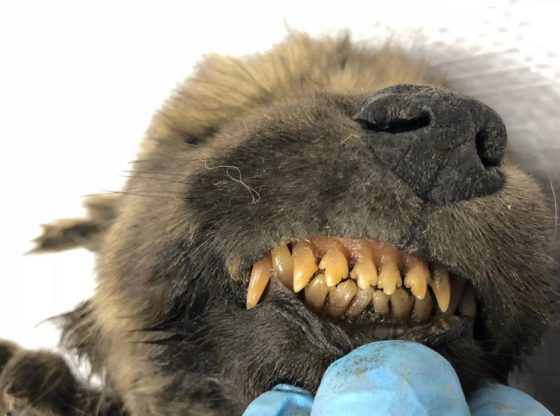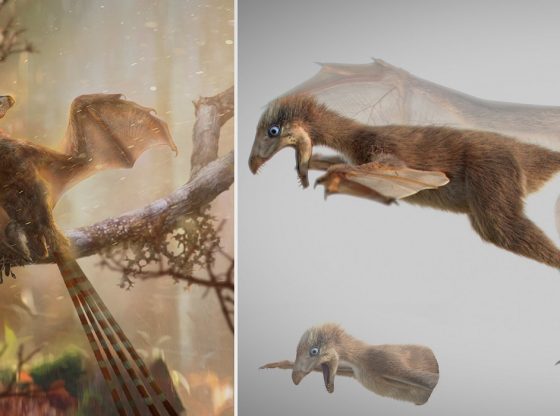
Researchers have awoken a virus claimed to be more than 30,000 years old.
It was found in the frozen remote region of Chukotka in Siberia, Russia. The discovery was made by researchers from French and Russian institutions and was published in the U.S. Proceedings of the National Academy of Sciences.
The virus named Pithovirus sibericum is only able to infect amoebae and is completely harmless to humans and other animals alike.
But the scientists do warn however that with the current trend of a continued warmer climate, thaw may release viruses that could be dangerous to humans.
They say that viruses similar to smallpox may lie hidden in the ice from ages past. The scientist Jean-Michel Claverie writes, “This is an indication that viruses pathogenic for human or animals might also be preserved in old permafrost layers, including some that have caused planet-wide epidemics in the past,”
The virus was discovered buried 30 meters (98 feet) below the surface of a late Pleistocene sediment and its presence was indicated when riverbank samples that had been collected, since when these water samples were exposed to amoebas, the amoebas started dying.
_______________
30,000-year-old giant virus found in Siberia
Thirty-thousand-year-old distant relative of giant icosahedral DNA viruses with a pandoravirus morphology
______________________________






















